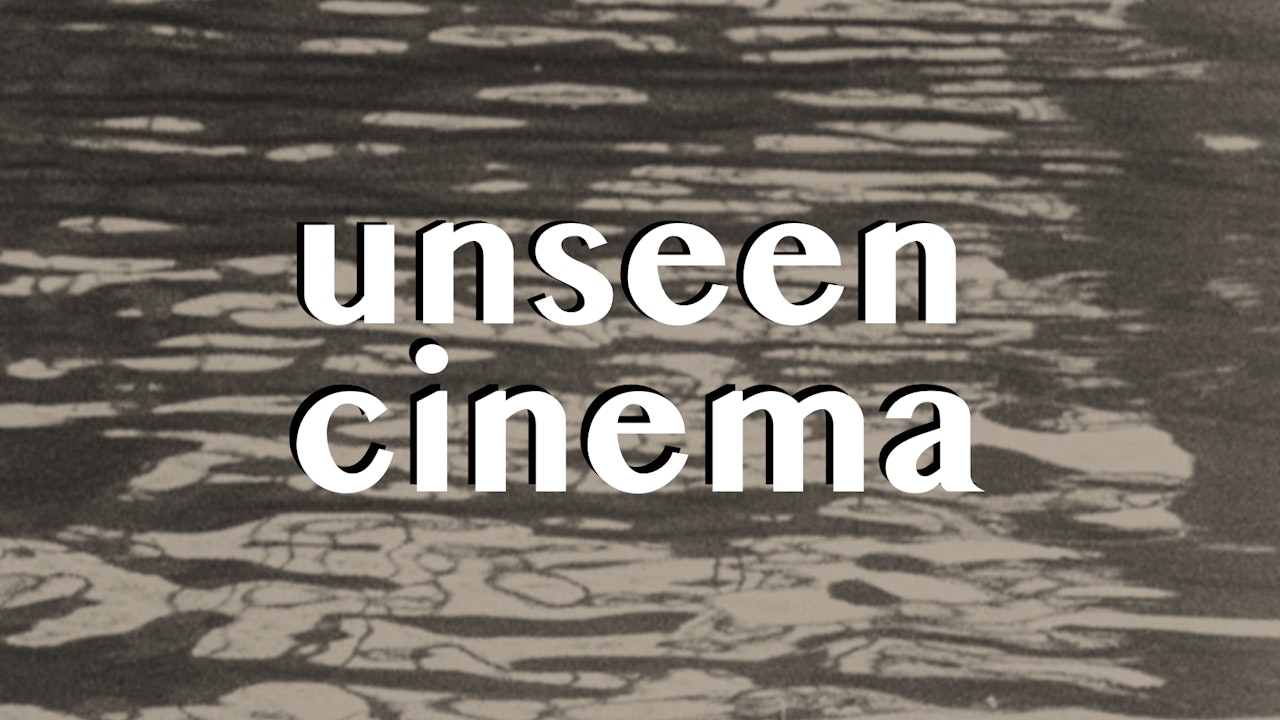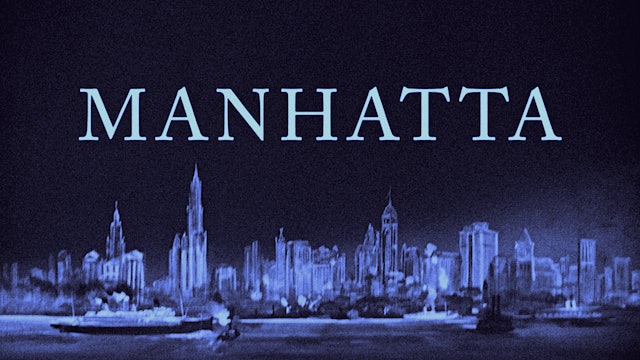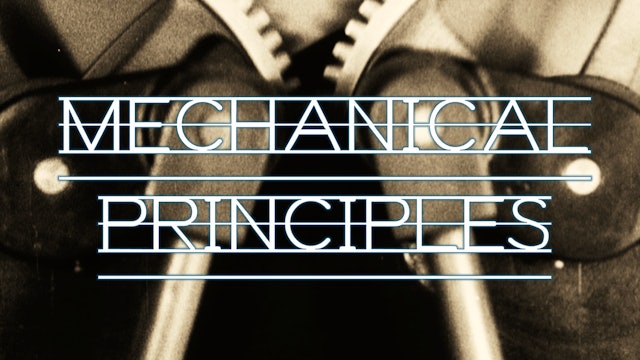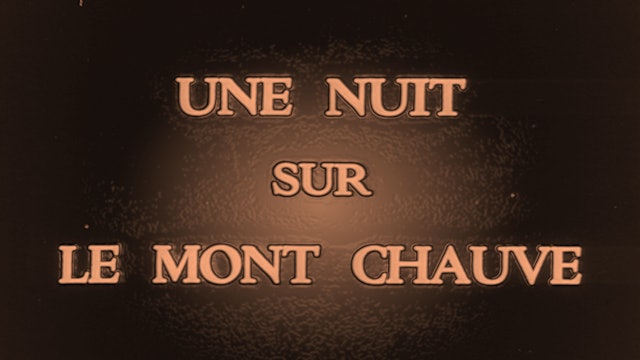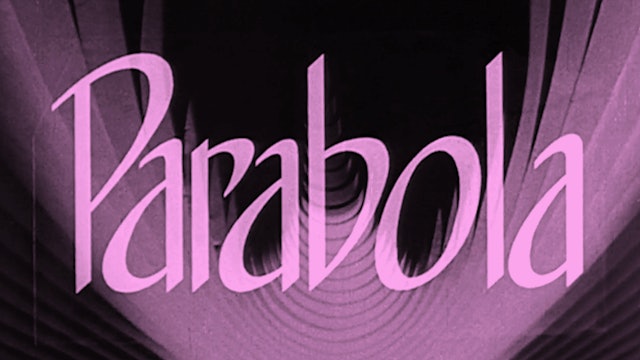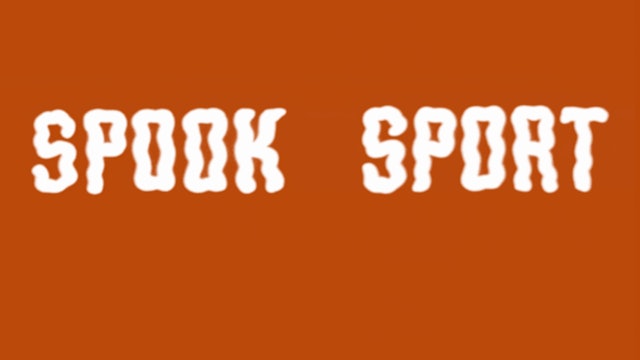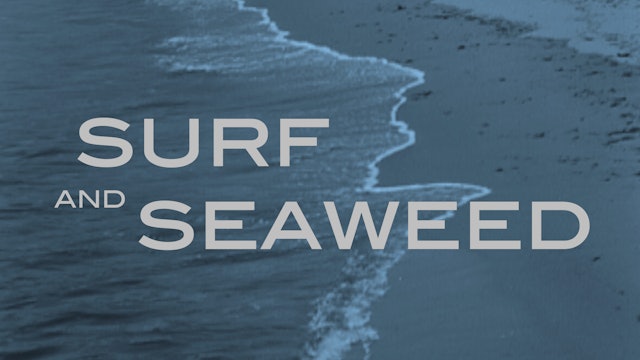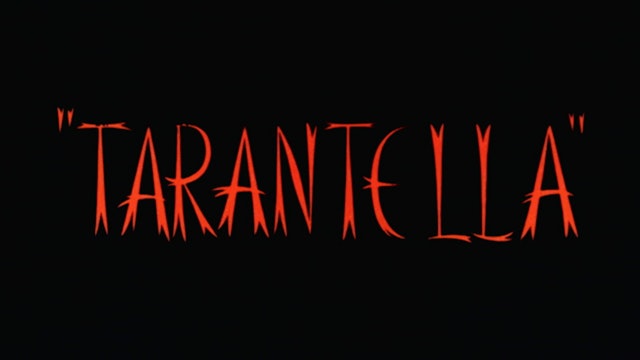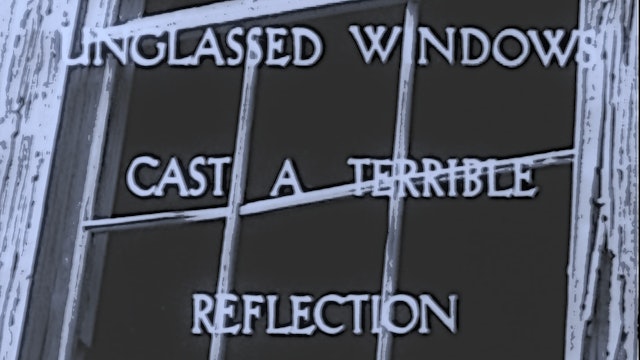-
LULLABY
A Lithuanian-born artist, Boris Deutsch worked as an industry set designer for three years before making LULLABY, his single foray into filmmaking. Like his paintings, it treats a Jewish theme expressionistically, remarkably anticipating the themes and methods of Maya Deren's seminal MESHES OF TH...
-
MANHATTA
In the second decade of the twentieth century, artists Charles Sheeler and Paul Strand collaborated on an abstract film of New York. Although neither was a filmmaker, their short lyric film has had a profound influence on world cinema. The original negative of MANHATTA remains lost and only one 3...
-
MECHANICAL PRINCIPLES
Round-and-round go the gears in this extraordinary study. The follow-up to H2O from photographer / filmmaker Ralph Steiner is mesmerizing in its attention to concentric, repetitive mechanized motions. Far from being pedantic or boring, the movements fascinate and titillate. The comedic is equally...
-
MEDITATION ON VIOLENCE
MEDITATION ON VIOLENCE pivots on the precise movements of Chao-Li Chi, a solitary Chinese martial artist, performing a ritualized dance set against white and black backgrounds. It reaches an epiphany when he abruptly moves outside, jumps and freezes in mid-air, then resumes the dance in reverse o...
-
MESHES OF THE AFTERNOON
With MESHES OF THE AFTERNOON, the wife-and-husband team of Maya Deren and Alexander Hackenschmied created one of the keystone achievements of American avant-garde cinema in their Hollywood home. During its first decade of release, this captivating psychodrama was presented silent (with no soundtr...
-
MOOD CONTRASTS
Actual pictures of sound captured on Cathode Ray Oscilloscope. Music now entertains eye as well as ear. Film artist Mary Ellen Bute combines Science and Art to create SEEING SOUND. A Ted Nemeth Studio production.
"A charmingly lyrical interpretation of [Nikolai] Rimsky-Korsakov's HYMN TO THE SUN...
-
NATIVE LAND
Since the founding of our country, the American people have had to fight for the freedom in every generation. NATIVE LAND is a document of America's struggle for liberty in recent years. It was in this struggle that the fascist-minded on our own soil were forced to retreat and the people gained t...
-
NEW SENSATIONS IN SOUND
Mary Ellen Bute's most compact abstract film energizes a jazzy advertising jingle [by Raymond Scott!] to promote RCA Victor's new stereo recordings! The barrage of visuals features a panoply of animated techniques among which eloquent oscilloscope patterns dance in complex synchronization to the ...
-
UNE NUIT SUR LE MONT CHAUVE
Alexandre Alexeieff and Claire Parker made UNE NUIT SUR LE MONT CHAUVE [NIGHT ON BALD MOUNTAIN] using a pinscreen animation technique, arranging and rearranging thousands of pins so that, when illuminated, they produced variations in shadow from black to white. The effect resembles a mezzotint. T...
-
PARABOLA
"Sculptor Rutherford Boyd worked in collaboration with Mary Ellen Bute and Ted Nemeth [under the banner of Expanding Cinema], whose New York City production facilities were placed at his disposal. Filmed frame-by-frame in a sequence of stills that varied the arrangement of sculptural pieces under...
-
PIPPA PASSES
PIPPA PASSES or THE SONG OF CONSCIENCE, adapted from the poem-of-the-same-name by Robert Browning. Preserved from the paper-print (and presented without musical accompaniment).
"A most artistic subject handles in a manner never before excelled, with keen appreciation of its poetic and dramatic v...
-
POLKA GRAPH
One of the favorites of the filmmaker, Mary Ellen Bute stated that POLKA GRAPH "uses the graph pattern of the music as a springboard for the visual interpretation" of the Polka (Allegretto) movement from Dmitri Shostakovich's ZOLOTOI VEK [THE AGE OF GOLD / THE GOLDEN AGE] suite. — Kit Basquin / B...
-
PURSUIT OF HAPPINESS
Photographer Rudy Burckhardt shows us Manhattan as a place for marvelous moments with a focus on the ebb and flow of people rushing about. As in his still-photographs, Burckhardt finds quiet places within this mass of ever-busy humanity. Equally exhilarating is his novel approach to snap images q...
-
RHYTHM IN LIGHT
A pictorial accompaniment in abstract forms, RHYTHM IN LIGHT is a pioneer effort in a new (circa mid-1930s) art form. It is a modern artist's impression of what goes on in the mind while listening to music.
Mary Ellen Bute used Melville Webber's experience with making cardboard models and with p...
-
SKYSCRAPER SYMPHONY
The hard-edged SKYSCRAPER SYMPHONY stands in contrast to other New York scenic newsreels produced throughout the 1920s. Robert Florey's camera looks straight up the domineering concrete behemoths in skewed perspectives that attempt to emulate musical forms. — Bruce Posner
"The most fantastic eff...
-
SPOOK SPORT
Animated by Norman McLaren, using his adroit ink-on-film technique, Mary Ellen Bute's film visualizes Camille Saint-Saëns' DANSE MACABRE. It features colored globes, ellipses and triangles that move ghost-like over monochromatic backgrounds, communicating the notion of spirits rising from a grave...
-
SYNCHROMY NO.2
Seeing sound. Music, in addition to pleasing the ear, brings something to the eye. SYNCHROMY NO.2 was designed by a modern (circa-1930s) artist to create moods through the eye as music creates moods through the ear. A pictorial accompaniment in abstract forms to the music of THE EVENING STAR (fro...
-
SURF AND SEAWEED
Ralph Steiner is interested in the capacity for film to invigorate everyday sight, to alert viewers to the simple, magical visual pleasures available in nearly any circumstance. The film is divided into sequences that focus on specific kinds of imagery in and around ocean surf. — Scott MacDonald
... -
TARENTELLA
By 1940, Mary Ellen Bute's abstractions were shown at select theaters nationwide. Utilizing initial illustrations created by Norman McLaren for her earlier SPOOK SPORT, this "seeing-sound" film demonstrates her ability to visualize music in a style sympathetic to modernist painting. Squiggling li...
-
THIMBLE THEATER
In opposition to conventional cinema, where emotional manipulation is the norm, Joseph Cornell's movies and "goofy newsreels" are highly suggestive enigmatic collages. His fractured narratives defy easy interpretation, even with those employed by the French surrealists of the 1920s. His elliptica...
-
TWENTY-FOUR DOLLAR ISLAND
In the year 1626, the Dutch bought from the Native Americans the island of Manhattan for the total sum of twenty-four dollars. Here they founded the city of New Amsterdam which, within thirty years, had a population of 1,000 people. Three centuries later, New Amsterdam grew into New York with eig...
-
UNGLASSED WINDOWS CAST A TERRIBLE REFLECTION
"The second film by Stan Brakhage [starring Lawrence Jordan and a handful of other actors] originally featured original music composed by James Tenney. The score was never recorded. In its place, 'Mr. Tenney has selected [Béla] Bartok's SECOND PIANO CONCERTO as a suitable background for the film,...
-
WORLD IN REVIEW
"Soon there will be shown to the workers of New York the evidence gathered by the keen eyes of our cameras. This evidence is totally unlike anything shown in newsreels taken by capitalist concerns, Whereas the capitalist cameramen... were constantly on the lookout for sensational material..." — ...

